Japanese Bantams
$35.00
Minimum Order Quantity 2
Japanese Bantam
Hatching February to October.
Japanese Bantams seem to demonstrate the epitome of balance and symmetry. They have attractive faces and heads with large red combs and wattles, stout little bodies, and very large tails. Their tails are full and fanned out in profile and are carried perpendicularly to the body. The tail almost touches the head. The main sickle feathers of the tail are soft and long and curved beautifully. Japanese Bantams are also graced with very short legs adding to their stocky, well-balanced appearance.
The pure beauty of this breed is probably why they have graced the gardens of the Japanese aristocracy for centuries, and is also why they are one of the most favored bantam breeds in backyards and poultry shows today.
Production:
They are primarily raised for adding interest and elegance to the poultry yard. They lay only about one small, bantam-sized egg in a creamy white color each week. Breeding these birds is extremely challenging as the genes for their characteristic tail and short legs have very complex relationships. Hens do make wonderful mothers.
Temperament:
Japanese Bantams are pure delights. Without human attention and interaction, they can get flighty, but with attentive raising, they are quite friendly and a lot of fun. In areas with extreme winter cold, they will need some protection.
History:
They probably originated in Southern China or the Indochina area which includes Vietnam and Thailand. Screen paintings seem to depict them in Japan in the 7th century, but many experts believe that they didn’t arrive in Japan until 1603. Certainly, they were present in Japan by the time Japan declared isolationism in 1636. Within the Tokugawa period which ended in 1867, the Japanese bred at least ten color varieties and by 1951, there were 20 varieties recognized in Japan. Japanese Bantams are true bantams, in other words, they do not have a large fowl counterpart.
APA Class: Single Comb Clean Legged
Color Descriptions:
Black: The Black Japanese Bantam, admitted into APA 1983, is a pure, shiny, deep black.
Black-Tailed Buff: The Black-Tailed Buff color was admitted into APA 1982, and is mostly buff color with black tail feathers. Many of the tail feathers are laced in buff, making this a stunning little fowl.
Black-Tailed White: The Black-Tailed White Japanese Bantam has a white body and black tail, and like the Black-Tailed Buff, has lacing on many of the tail feathers. The Black-Tailed White was admitted into APA 1874.
Gray: Admitted into APA 1914, Gray Japanese Bantams sport traditional birchen plumage coloration, a combination of black, white, and gray laced feathers.
Mottled: Mottled Japanese Bantams are mostly black but with a sprinkling of feathers ending with white tips. They were admitted into the APA in 1947.
White: White Japanese Bantams are pure white. They were admitted into APA 1883.
Reviews
There are no reviews yet.
Related products
Bantams
Bantams
Bantams
Bantams
Bantams
Bantams
Bantams
Bantams


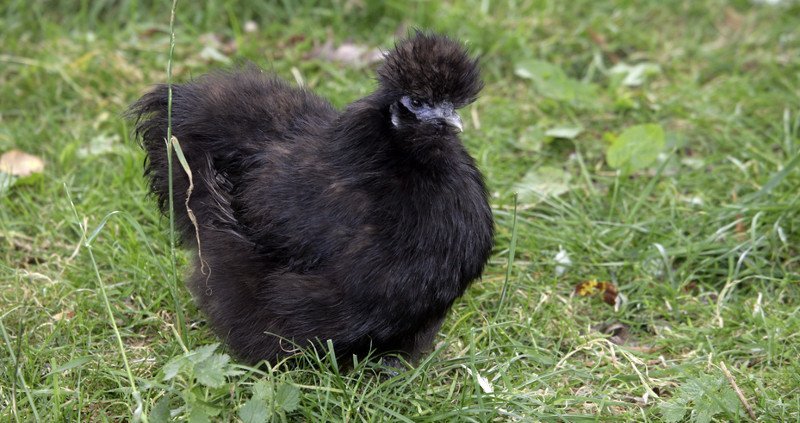
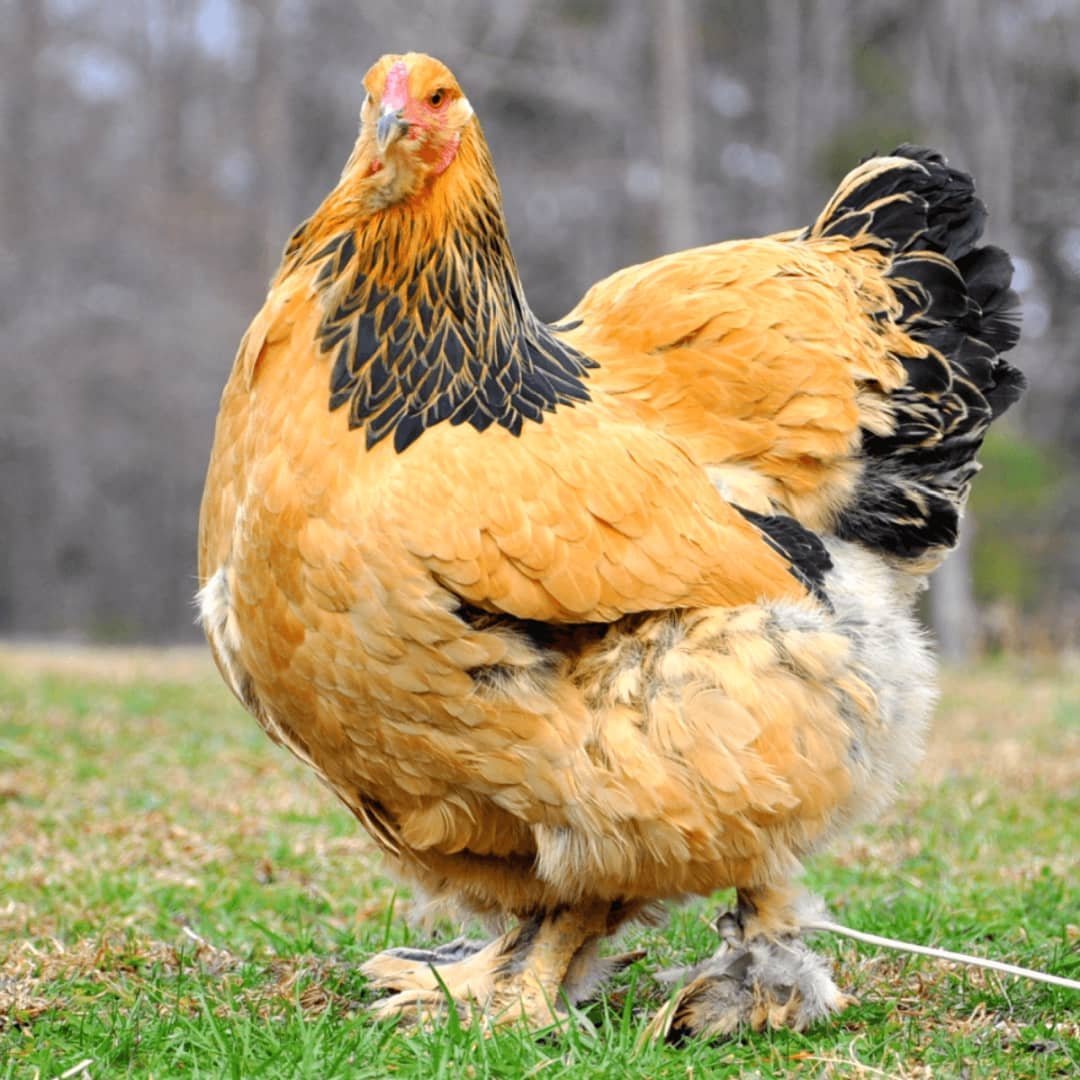

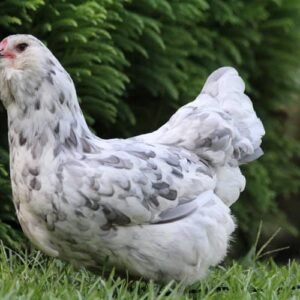
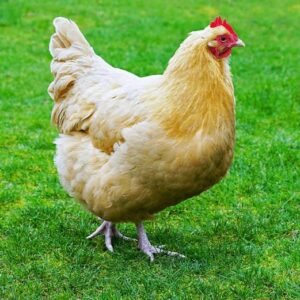
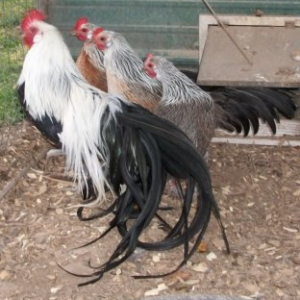
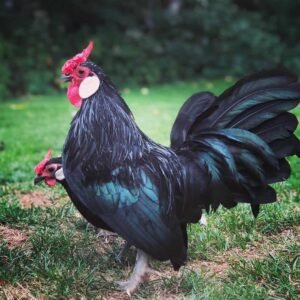
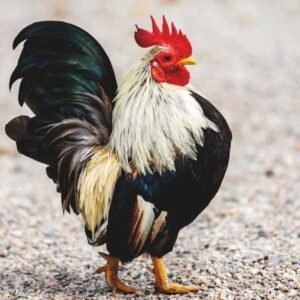
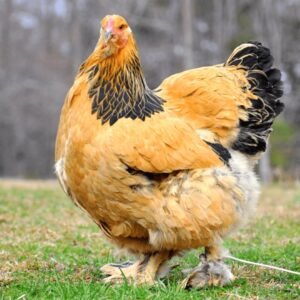
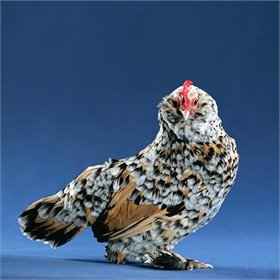
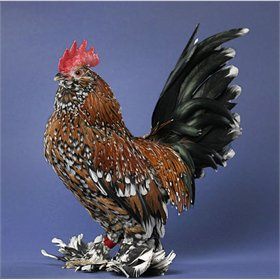
Be the first to review “Japanese Bantams”